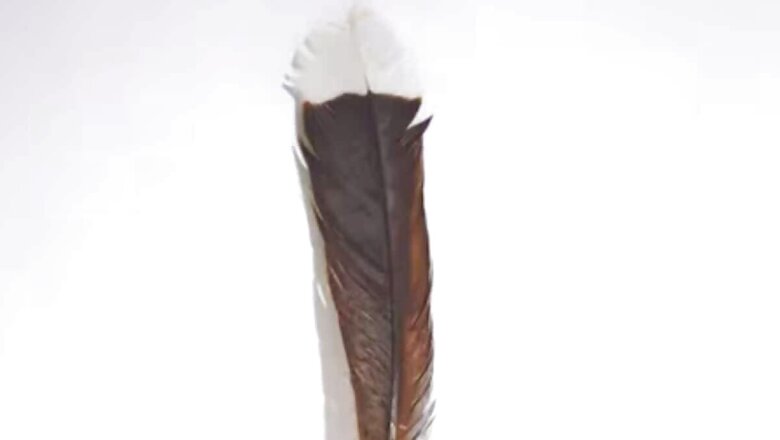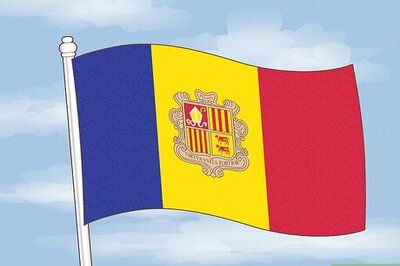
views
The feathers of our national bird, the peacock, have long been marvelled at. Apart from their beauty, peacock feathers also hold religious significance as mentioned in ancient scriptures. But now, it looks like the peacock feather has a competitor in terms of popularity and demand. Would you believe us if we told you that a small feather of a bird has been auctioned for an exorbitant amount of Rs 23.66 lakh? Well, it is true. Let us tell you what bird the feather belongs to and why its feather fetches such a high price.
According to a BBC report, the feather belongs to the Huia bird of New Zealand, which went extinct decades ago. The Huia bird was considered sacred to the ethnic Maor tribe of New Zealand. It was a small bird of the Wattlebird family. Its feathers were very beautiful, with white tips on the edges. Its feathers were often worn as headpieces by chiefs of the tribe as a symbol of power and leadership. The headpieces used to be decorated with this feather as it was said to bring good fortune and trade. Additionally, the feather was used as an exchange commodity in a barter system of economy.
Recently, a rare and preserved feather of the long-extinct Huia bird was auctioned in New Zealand.
The auctioneer stated that the initial estimated price for this feather was $3000 (Rs 2.49 lakh). However, it shattered all previous auction records by selling for 450 per cent more than the last record. The final auction price was $28,417, which is approximately Rs 23,60 lakh. According to the Museum of New Zealand, the last confirmed sighting of this bird was in 1907. Subsequent unconfirmed sightings were reported for the next twenty to thirty years, but it has not been seen since.
Leah Morris, head of decorative art at the auction house, said the feather was in amazing condition and that it was shielded by UV-protective glass.



















Comments
0 comment